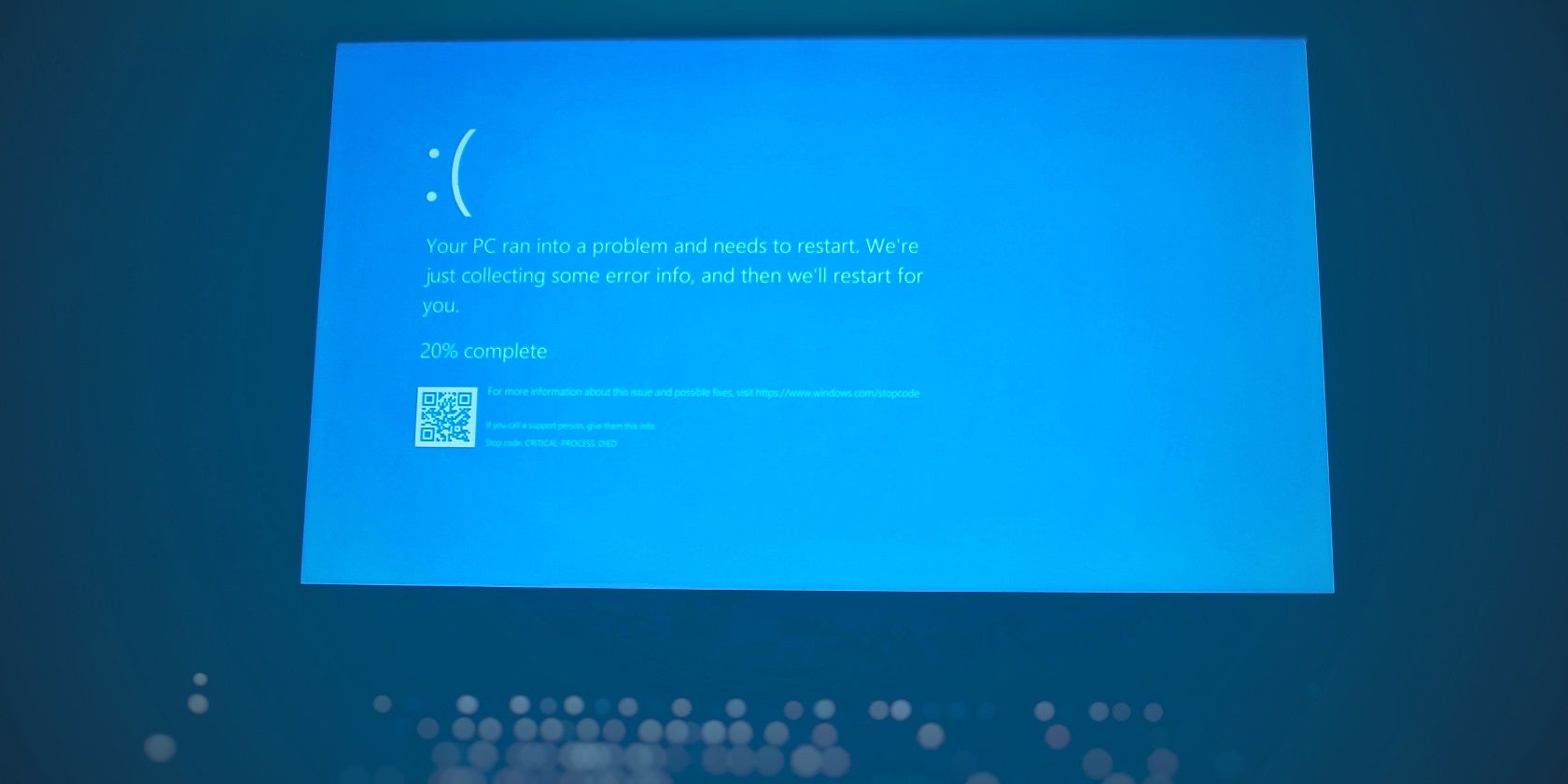Microsoft is killing the dreaded Blue Screen of Death (BSoD) that Windows users the world over have been familiar with for decades. But wait, what’s that on the horizon? Yes, it’s the all-new, all-singing, all-dancing Black Screen of Death!
Windows’ Blue Screen of Death Is Going Away
The Blue Screen of Death has been part of the Windows experience for 40 years, having debuted on Windows 1.0 in 1985. However, later this year, the Blue Screen of Death will be consigned to the dustbin of history; a mere footnote in the long history of computers and computing.
Does the end of the Blue Screen of Death also mean an end to Windows errors? Not quite. It’s just that the screen users will see when one strikes their system is changing.

Related
How to Fix the Most Common Blue Screen Errors on Windows
There are plenty of Blue Screen error messages on Windows, but here’s how to fix the more notorious culprits.
This is more like a makeover than a proper ending, as Windows users will still see an error screen when a problem occurs. The big difference will be that the new screen will be black rather than blue. Still, given how infamous this screen has been for decades, even a change of color is noteworthy.
Officially, the new screen appears to have been titled the “Windows 11 unexpected restart screen,” but I guarantee that it will be commonly called the Black Screen of Death by everyone other than Microsoft. Because that’s what it clearly is, and old habits (and nomenclature) die hard.
According to the Windows Experience Blog post announcing the change, Microsoft is “streamlining the unexpected restart experience” in an “effort to reduce disruption in the event of an unexpected restart.”
Windows 11 24H2 included “improvements to crash dump collection which reduced downtime during an unexpected restart to about two seconds for most users.” And “the simplified user interface (UI) […] pairs with the shortened experience […] improves readability and aligns better with Windows 11 design principles, while preserving the technical information on the screen for when it is needed.”
The new Black Screen of Death will be “available starting later this summer on all Windows 11, version 24H2 devices.”
This Is the End of an Era, but Not Windows Errors
The end of the Blue Screen of Death making appearances on Windows is truly the end of an era. Not one that anyone will mourn, obviously, but an era nonetheless. However, unexpected restarts and error messages aren’t going anywhere, as they’re integral parts of the Windows experience.
It remains to be seen whether the new simplified UI actually improves the experience when a critical error occurs. However, when one does, potentially disabling Windows for a period, the last thing most of us care about is what color the screen turns. We’re more likely to be stressing about how to fix the issue without losing data.
Still, if you’re sticking with Windows, it’s finally time to upgrade to Windows 11, Black Screen of Death and all.




:max_bytes(150000):strip_icc()/GettyImages-1187636710-f8473f63cc9e47b2ba5fddaef1ba2746.jpg?w=1174&resize=1174,862&ssl=1)


Leave a Comment
Your email address will not be published. Required fields are marked *